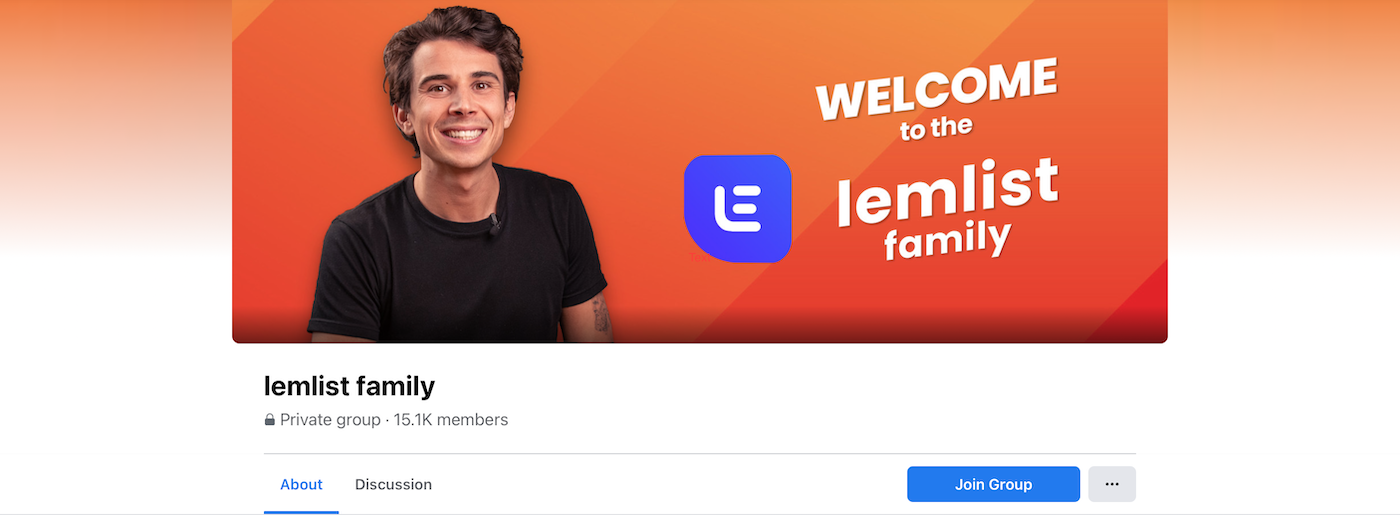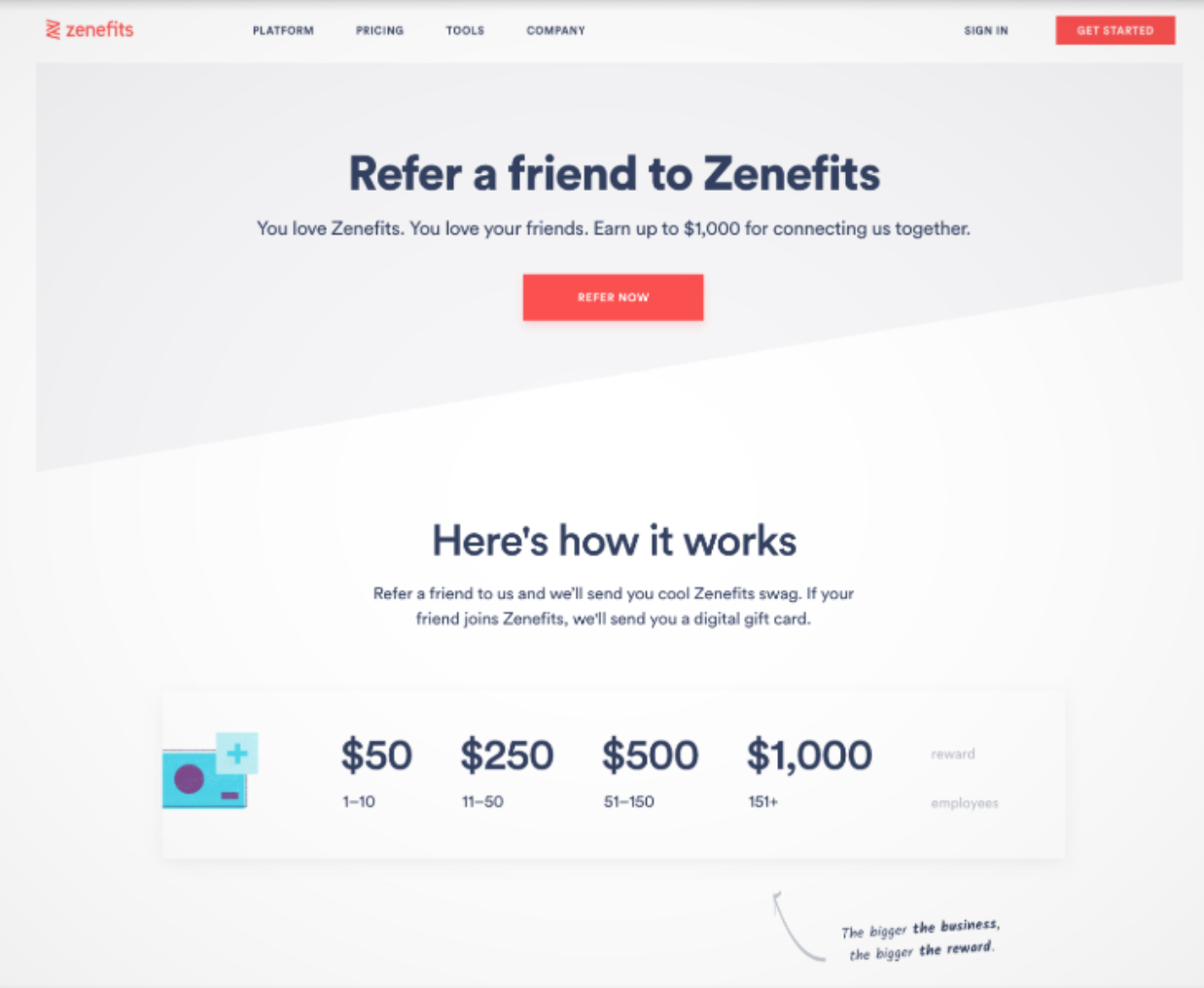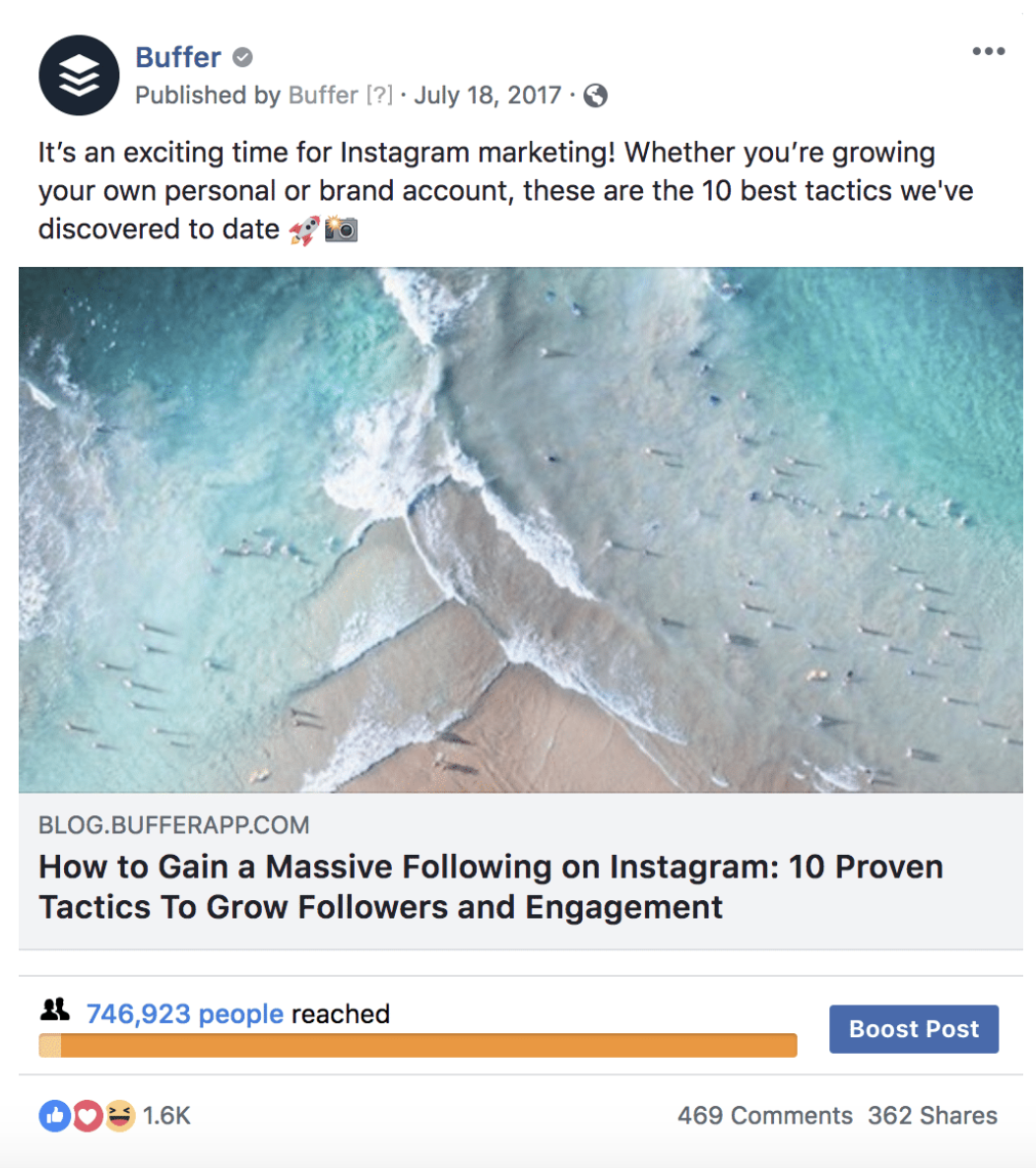
People spent three hours daily on social media and messaging in 2018, but take a look at your screen time stats now – this figure is only going in one direction: up.
As the popularity of social media won’t decrease any time soon, SaaS companies should be looking for ways to reach their potential customers from the pool of over 3.94 billion social media users worldwide.
All you need is some smart marketing tactics and a few examples of subscription businesses whose ideas can inspire you to build your own social media strategy.
We’re going to show you six ways that your SaaS business can use social media to convert more users into paying clients and boost their loyalty, so they stay with your tool longer.
This is not a theoretical approach; we’re getting practical with tips and real-life examples from businesses implementing these tactics.
#1 Tip. Form an online community
We’ve all seen those diagrams showing how competitive the SaaS marketplace is getting. But don’t let that put you off. Think smarter and bring people together.
As it is getting more challenging to stand out with a SaaS brand, one of the best ways to get your users to stick with you and upgrade to a paid plan is by creating a feeling of belonging.
Some SaaS businesses have already created active and influential online communities as a core marketing strategy to grow their ARR. Community building is a win-win for SaaS companies. Your customers benefit from shared knowledge and being part of a club, and you get the chance to show how your product can be used in the real world.
Check out Lemlist Family: an online Facebook community using Lemlist to generate more sales opportunities.

Members can ask questions about specific topics related to outbound techniques or post a success story.
By helping people succeed and share knowledge Lemlist improves communication with customers and positions themselves as a trusted advisor.
They get the chance to show off their product, but it’s not the core focus of the community. Part of the reason they don’t constantly shout about their own tool is that they don’t need to. Lemlist users often share their own experiences of using the product – talk about a perfect word-of-mouth opportunity for the brand.
The downside? Building an online community is a demanding and time-consuming process. However, it can quickly pay off with increased user retention and fast acquisition at almost no additional cost when done right.
How can you start building an online community of engaged users?
Let’s start here:
- Start small – invite a small number of brand advocates (look for the most engaged users of your SaaS product) and industry influencers who can later spread the word about the community.
- Focus on quality, not quantity – instead of growing a 50,000+ community of people who don’t engage with your group topics, focus on slower member-focused growth. Engage your members from the very beginning by replying to every comment and post.
- Moderate posts – You will need to monitor the community actively, especially as it grows. Consider removing promotional posts with links as they don’t engage your audience and can be viewed as spam.
- Do live transmissions – engagement rate of live video content on Facebook is higher, reaching 6% compared to 2.21% of text posts or links (3,36%). That is why you should consider utilising the power of live videos by organising live events with your team or inviting some industry influencers to co-host. Deliver lots of value and allow your community to share the video outside of the group. You could also try out live audio on Twitter Spaces or Clubhouse.
- Incentivise users to invite others – offer some of your paid resources for free to your community. You can consider offering a promo code, exclusive mastermind session, or other paid resources for free as a benefit to membership.
Tip #2. Build trust by using testimonials
Testimonials and case studies can be used at the bottom of your sales funnel. They’re known to be a powerful tool for helping you to build trust among your potential customers – who better to speak to your potential customer than people precisely like them!
But did you know that social media can be both a great source of customers testimonials AND a great way to share them?
While your pricing page and product subpages would be the top spots for testimonials, they can also be powerful higher up the funnel in social ads and posts.
Social media channels can help you retarget the visitors who have come to your page before and encourage them to sign up for a trial.
Presenting your testimonials to page visitors who have already checked out your pricing page or product pages is a good approach.
Using social media for retargeting helps boost user loyalty as well. Once you have converted a page visitor into your trial user, it’s time to engage them more for an upgrade. For this purpose, you can create retargeting campaigns for several groups of users – those more and less engaged. Using retargeting ads for trial users that haven’t logged in for a while helps bring them back to using the tool.
Tip #3 Promote your referral program
Referral programs are great at customer acquisition and can also help improve customer retention and build a recognisable brand.
Customers that have been referred by a friend have a 37% higher retention than customers coming from other channels.
Here are some ideas to kick start your referral program.
- Discount on subscription
- Free month of subscription
- Cashback
- Upgrades
- Access to premium features
- Company stash
- Gated content
Let’s examine how Zenefits encourages their clients to refer to friends. They offer gift cards of different monetary value depending on the size of the referred company.
The bigger the company is, the bigger the reward.

Referral programs can be combined with loyalty programs.
For example, a language-learning app, Duolingo, uses gamification elements in its loyalty program to drive user action.
A free user gets only five hearts – virtual lives – to use during the day. When made a mistake in the learning process, a user is prompted to “refill” hearts and upgrade to a premium subscription.
Duolingo is a good example of a subscription business getting their more engaged and active users to take actions that lead to a business goal – subscribing for a paid version.

Apart from its loyalty program, Duolingo is also using a referral program. For every friend a user invites Duolingo grants one week of premium membership for free.
Tip #4. Launch a lead generation campaign
Digital ad campaigns are tricky to get right.
First, make sure you’re measuring the metrics that matter. Let’s face it – fan page likes or organic reach are vanity metrics that just don’t translate into your SaaS growth.
As many SaaS businesses convert visitors through their blog content, social media has become one of the channels to promote a blog and get more traffic to fuel a sales funnel.
Social media ads and posts should help you convert more leads. The process of getting it right is one of experimentation and persistence. Take advantage of the platform’s testing features to figure out what creative works best for your business.
Let’s have a look at how Buffer uses social media. This social media management platform has used Facebook advertising to boost their most popular blog posts. One ad helped them generate over 125,000 visitors to their blog!

This is a great lesson in that ads don’t have to drive people right into conversion. You can use Facebook ads higher up the funnel to see your brand in your audience’s mind.
Here are a few things you could copy to see similar success:
1. Publish a post with content that feels more organic than an offer or traditional ad.
2. Use custom audience features to target people already interested in your niche.
3. Respond to comments from users to increase reach and double-down on building trust online.
Tip #5. Collaborate with industry influencers
Investing in collaboration should be seen as just that: an investment. No company or individual with a desirable audience reach is going to do you a favour by sharing your product. There has to be a real connection.
Let’s take a look at one example of influencer marketing campaigns in the SaaS industry – Canva.
Canva has partnered with Guy Kawasaki after finding out the influencer was using Canva to produce graphics for his social media. Becoming an early adopter of the tool, Guy has become a Chief Evangelist helping the company to grow internationally.

This collaboration was a success because it was real. Guy already used Canva before they reached out to collaborate. Take a look at your current customer base – are there any power users or potential influencers in there?
These influencers don’t have to have millions of followers; they could be strong micro-influencers with a small but engaged audience who really trust what they recommend.
Tip #6. Try out social selling
Social selling doesn’t involve aggressive sales techniques, cold calling, or outreach emails. This tactic is about connecting with the right audience and selling by example and through expertise.
You’ve probably received a few direct messages to your Linkedin inbox with offers that have nothing to do with your business. This isn’t what we mean by social selling. Social selling is personal and based on communicating value and trust – which, frankly, should be the basis for all sales processes.
Here is an example of an effective social selling strategy:
Evan Santa, a sales manager at Vidyard, uses LinkedIn as he would a personal social media platform. He talks in his own tone of voice and shares his own thoughts on a relatively new sales technique: using video.

His post has generated a lot of traction, and he even got a few leads for his team in the comments to his post.
Remember that when it comes down to it: people buy from people.
Are you ready to put the tips into action?
Avoid jumping on all these tips at once – unless you are lucky to have a huge social media team! Frame them as experiments, and make sure you measure the impact each tactic has. Some are easier to implement than others, so start slow and prioritise the ones that you prove work for your business.
This was a guest post by Margo Ovsiienko. Margo is a Growth Marketing Strategist and Product Marketing Manager at InvoiceOcean. She creates content that converts website visitors into paying customers for SaaS companies. She writes on her experience in marketing on her blog, MargoLeads.


